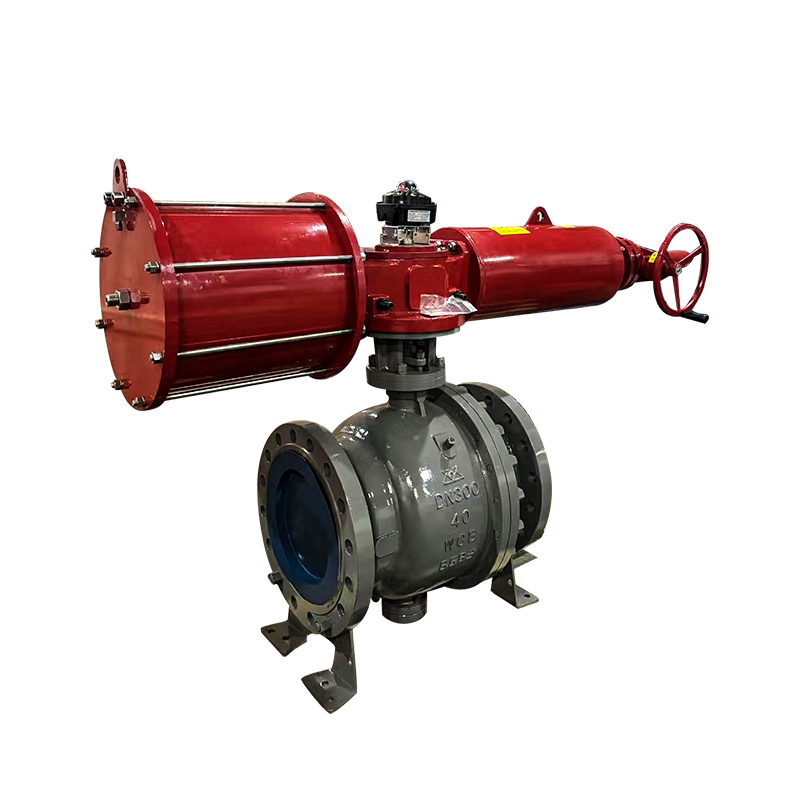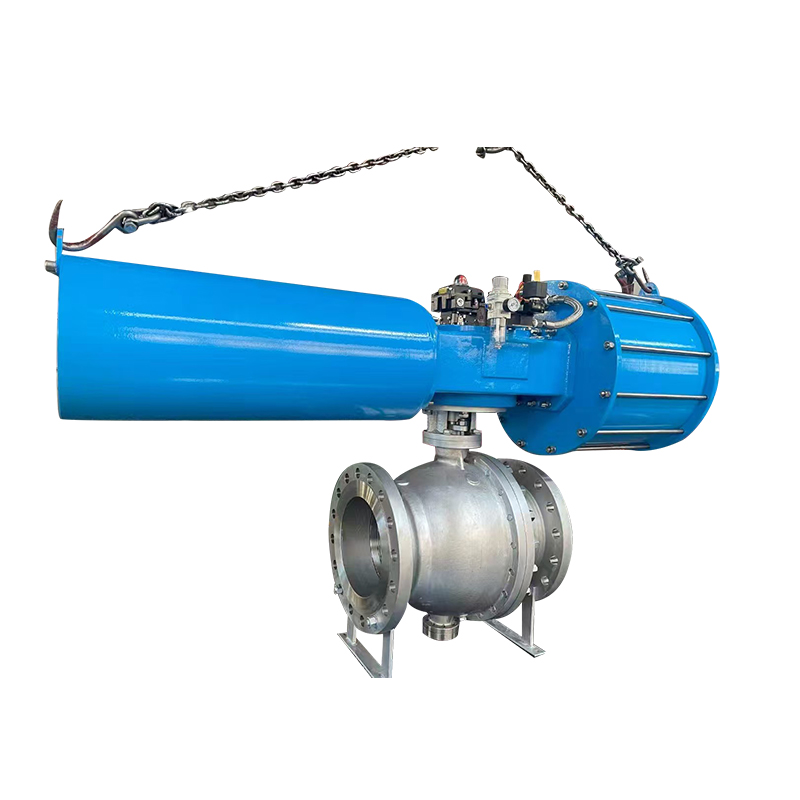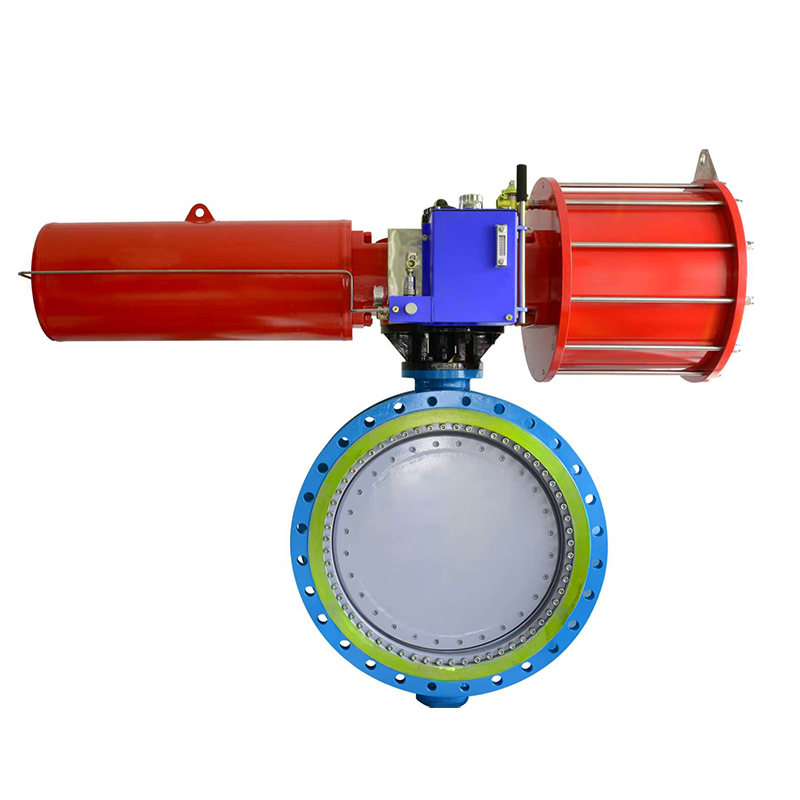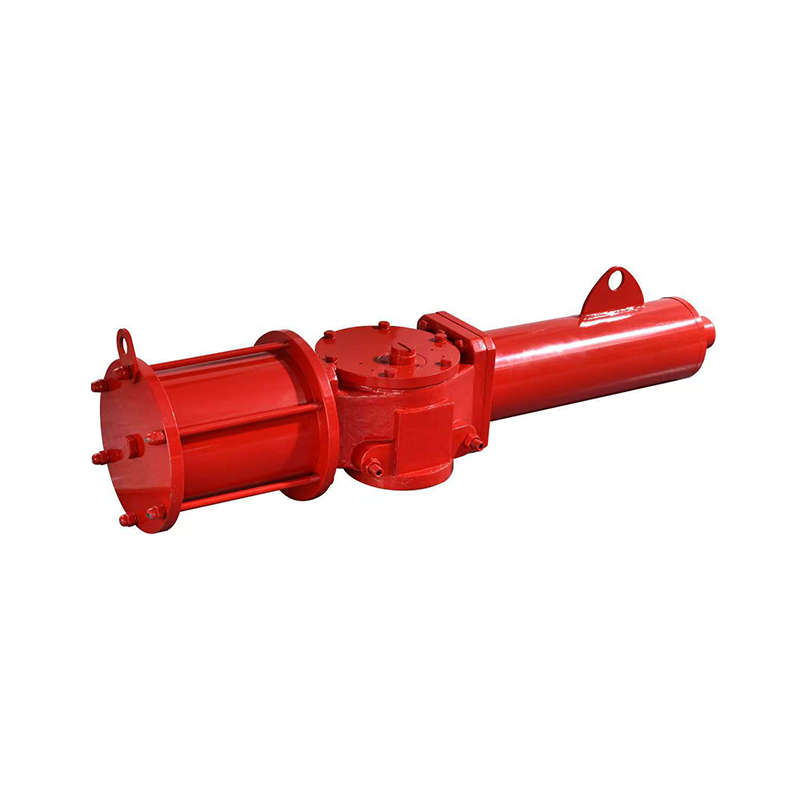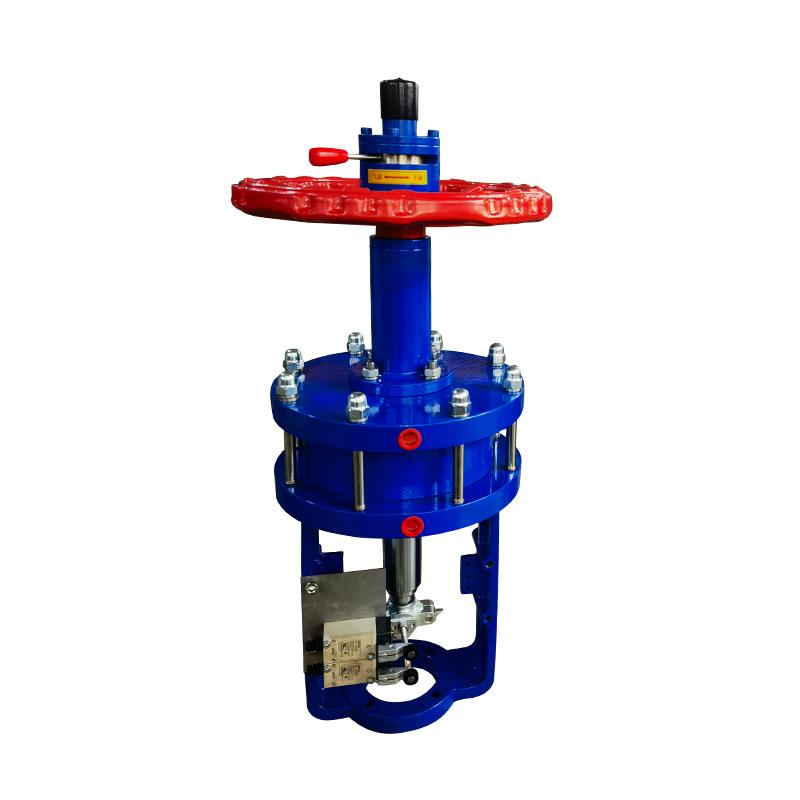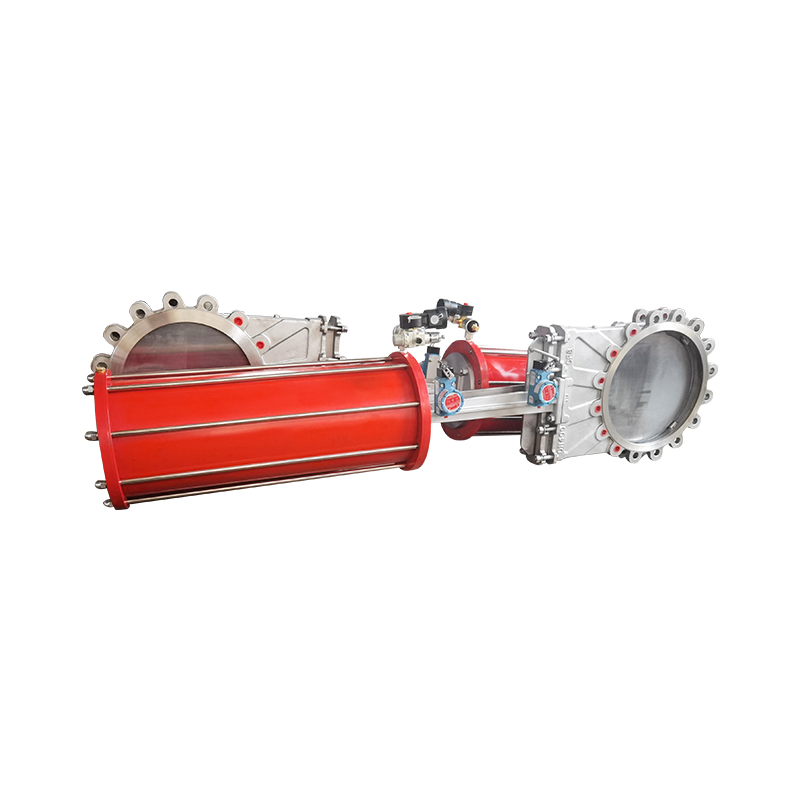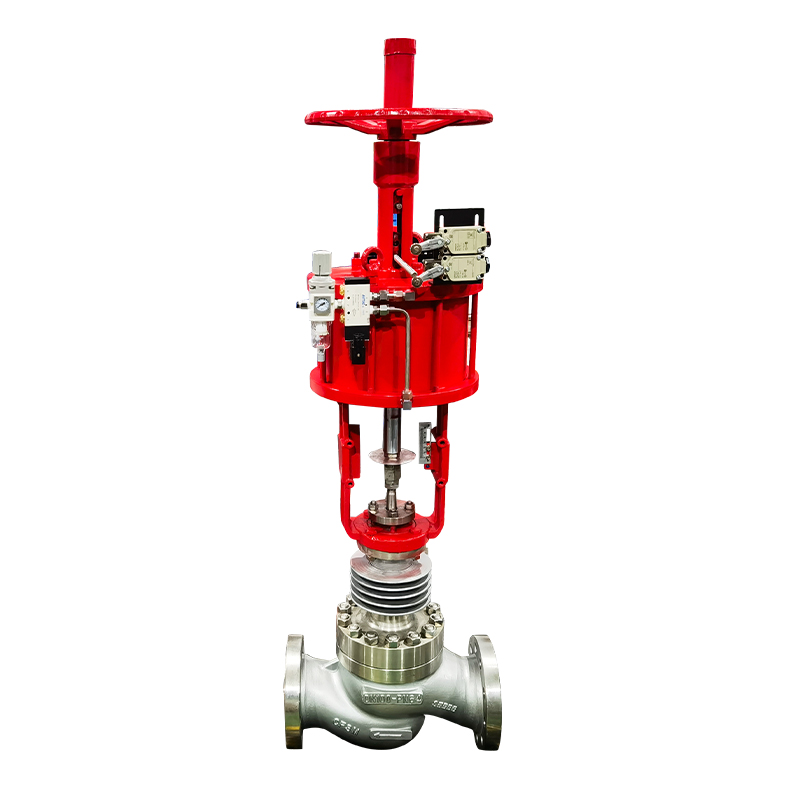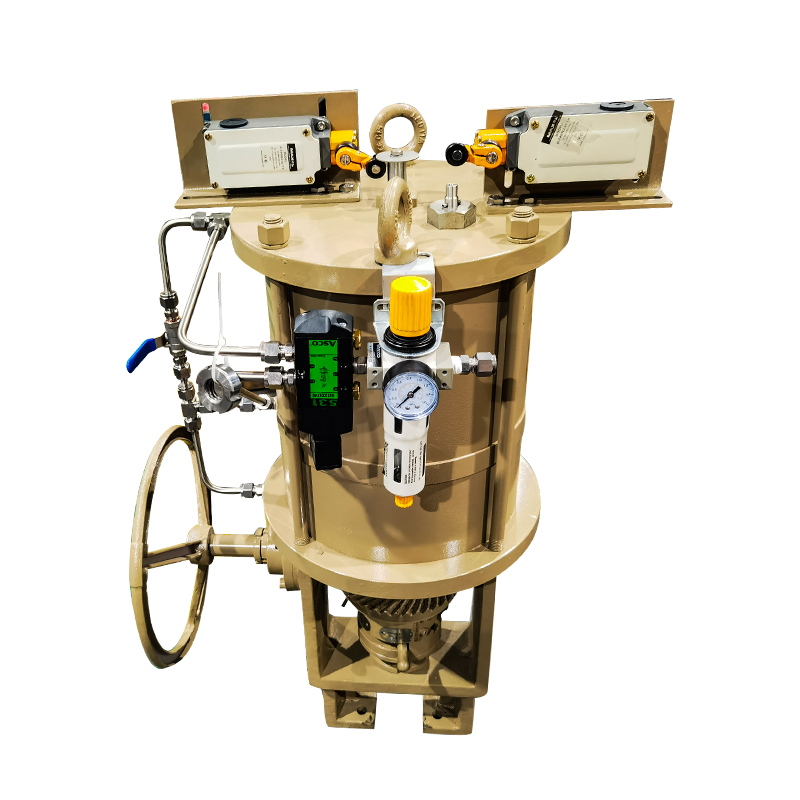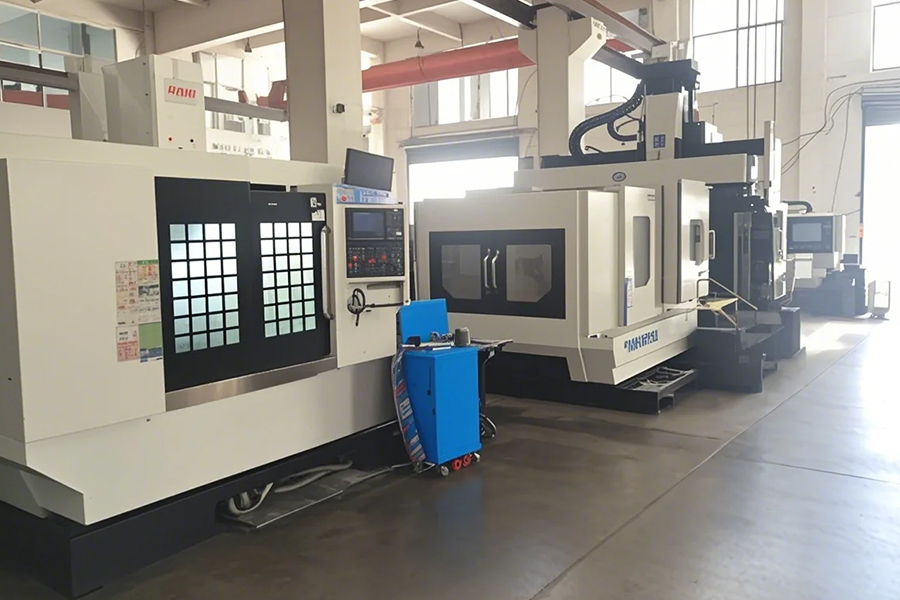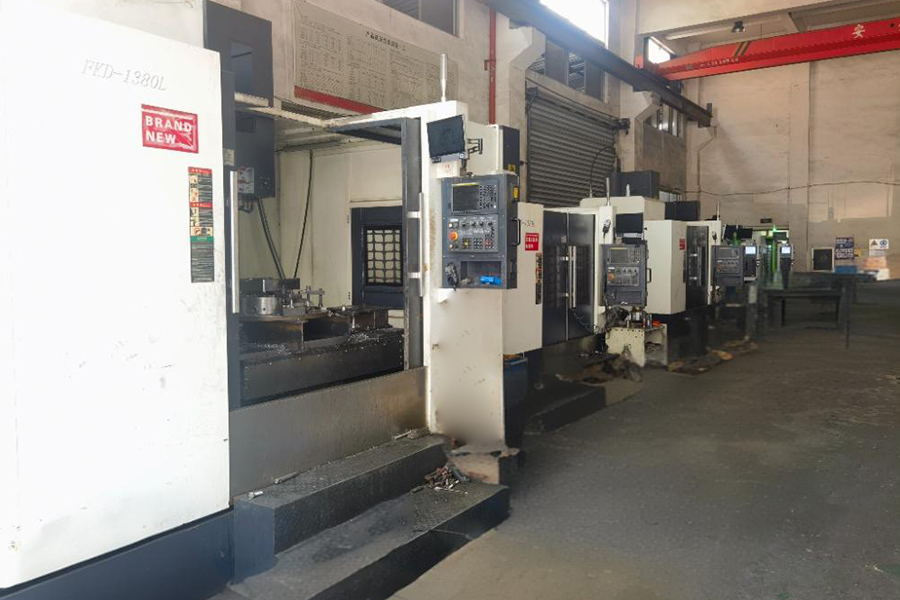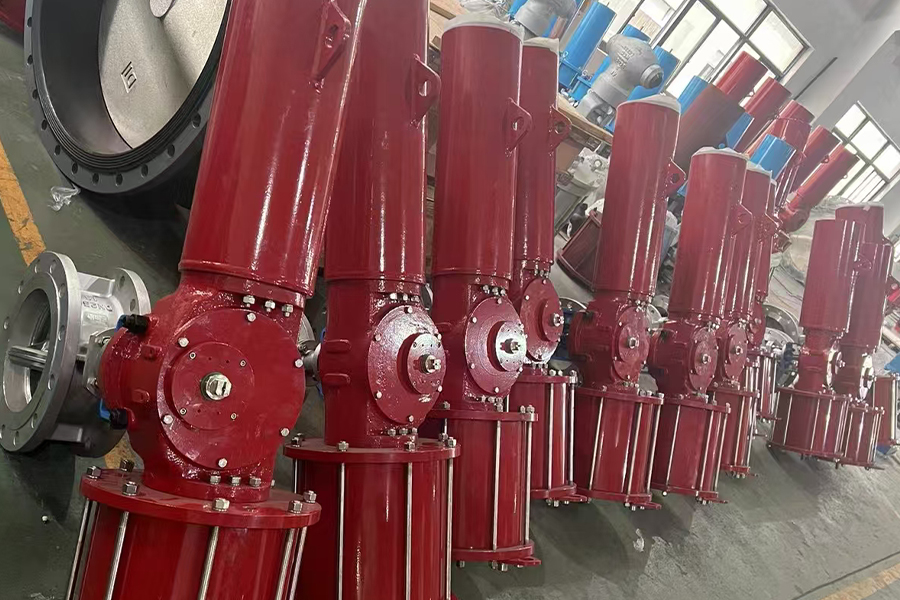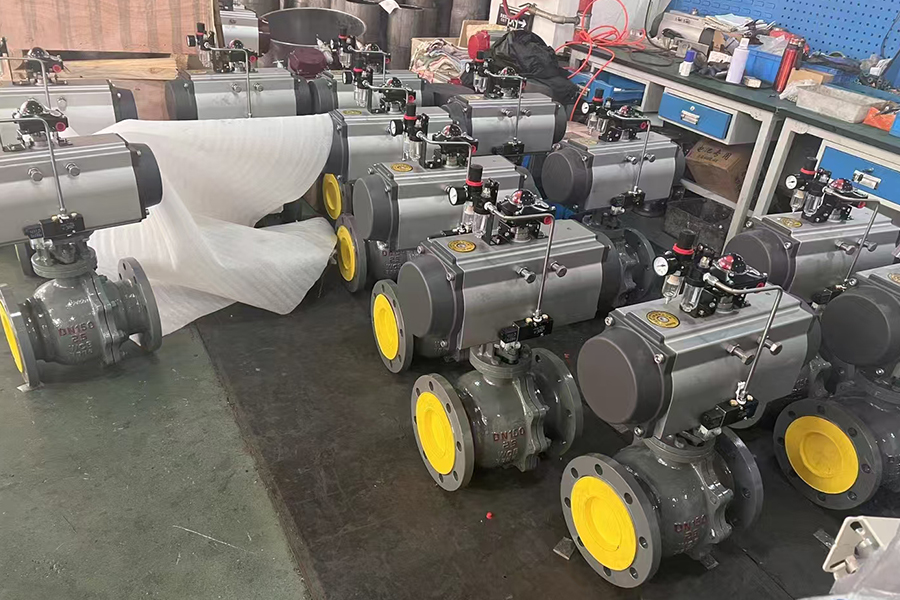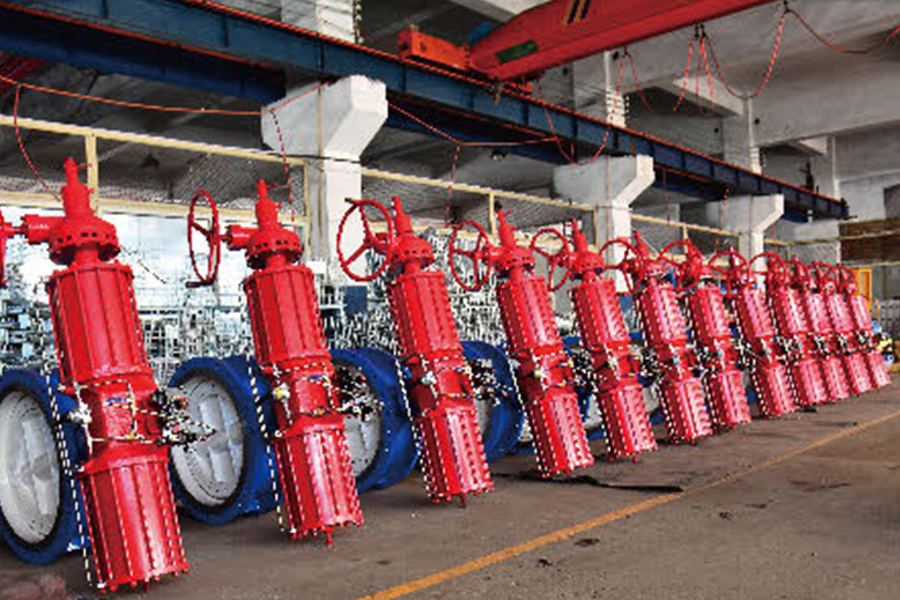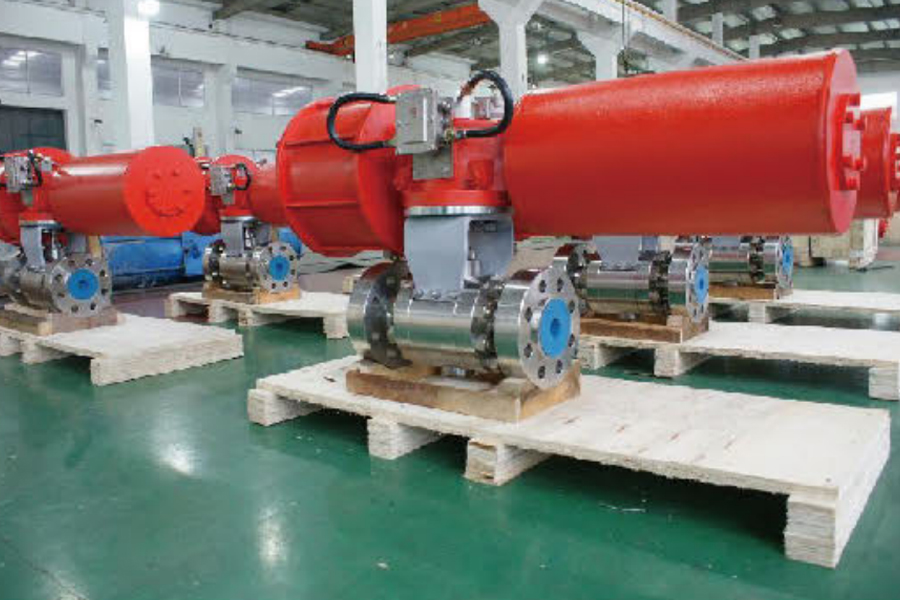A pneumatic actuator with manual override is a device that uses compressed air to automate the opening and closing of a valve or control mechanism, while also providing a backup manual control in the event of air supply failure. This combination of automation and manual operation makes it an invaluable tool in systems where reliability and flexibility are critical.
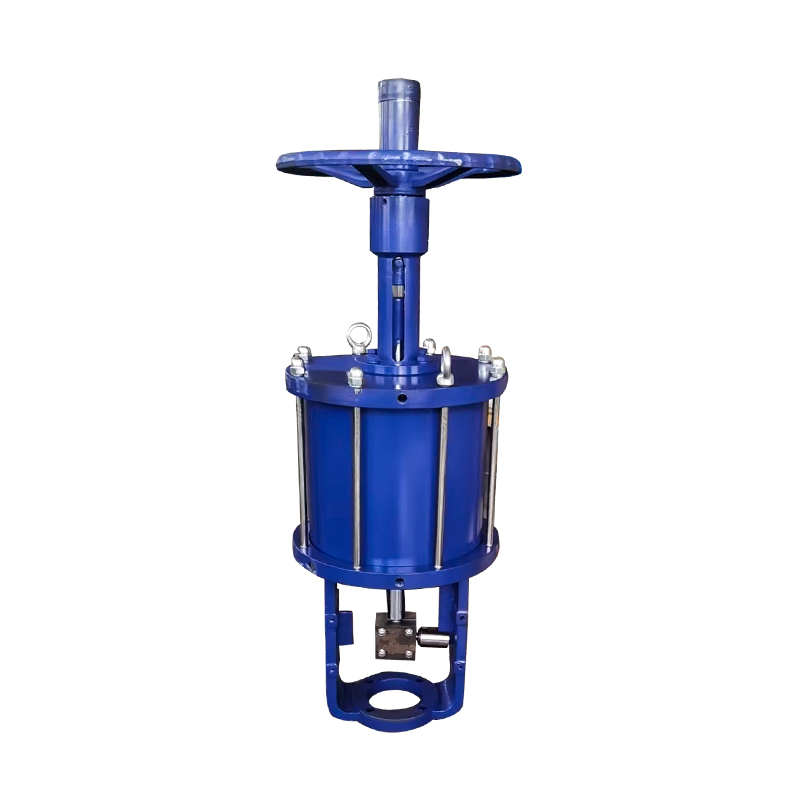
The main advantage of a pneumatic actuator is its ability to operate quickly and efficiently in controlling flow, pressure, or temperature in automated systems. Pneumatic actuators are commonly used in industries like chemical processing, food and beverage, and oil and gas. However, there can be situations where the pneumatic actuator may fail, or the air supply might be interrupted, potentially compromising the system. In such cases, a manual override feature is included to allow for manual operation of the valve or mechanism.
The manual override works through a mechanical interface that allows operators to take control of the valve directly without relying on the air-powered actuator. This feature provides a crucial safety net, ensuring continuous operation even when automated systems are down. The manual override is typically easy to engage and disengage, providing a straightforward solution to maintain operation without significant downtime.
The surface treatment process for pneumatic butterfly valves is essential in enhancing the valve's durability, performance, and resistance to environmental factors such as corrosion, wear, and temperature. Butterfly valves, particularly those used in pneumatic applications, often operate in harsh conditions where longevity and reliable performance are critical.
The surface treatment process typically involves several stages to ensure the valve is protected against the elements and can function for an extended period. The stage is cleaning, where the valve body is thoroughly cleaned to remove any impurities, oils, or contaminants that may affect the treatment process. After cleaning, surface preparation follows, which may include sandblasting or grinding to ensure a smooth and uniform surface for coating.
Next, a protective coating is applied. One common method is epoxy coating, which provides protection against corrosion. The epoxy coating forms a tough, impermeable layer that prevents moisture and chemicals from coming into contact with the metal surface, effectively shielding the valve from rust and wear. Powder coating is another popular option, which creates a hard, protective layer that is highly resistant to both corrosion and abrasion.
For more demanding applications, the valve may undergo anodizing or galvanizing. These processes further improve the corrosion resistance, especially when the valves are exposed to high humidity or aggressive chemicals. After coating, the valves are carefully inspected for consistency and quality before they are put into service.
The surface treatment process is crucial in extending the life and performance of pneumatic butterfly valves, ensuring they meet the rigorous demands of industries like water treatment, oil and gas, and HVAC systems.
The welding process for air-actuated butterfly valves is a critical part of their manufacturing, as it ensures the valve's components are securely joined and able to withstand the pressures and stresses they will experience in operation. Butterfly valves, especially air-actuated versions, must have durable, leak-free welds to ensure performance and reliability in industrial systems.
The welding process typically starts with the preparation of the valve body and other components, such as the disc, shaft, and actuator bracket. The materials used in air-actuated butterfly valves are often stainless steel or other corrosion-resistant alloys, ensuring durability under high pressure and temperature conditions. To begin, the components are cleaned and machined to precise specifications, ensuring a good fit between the parts to be welded.
One of the commonly used welding techniques for air-actuated butterfly valves is TIG (Tungsten Inert Gas) welding. This method is preferred because it offers high precision and control, ensuring that the weld is strong, smooth, and free of defects. The TIG welding process involves a non-consumable tungsten electrode to create an arc, with a shielding gas used to protect the weld from contamination.








